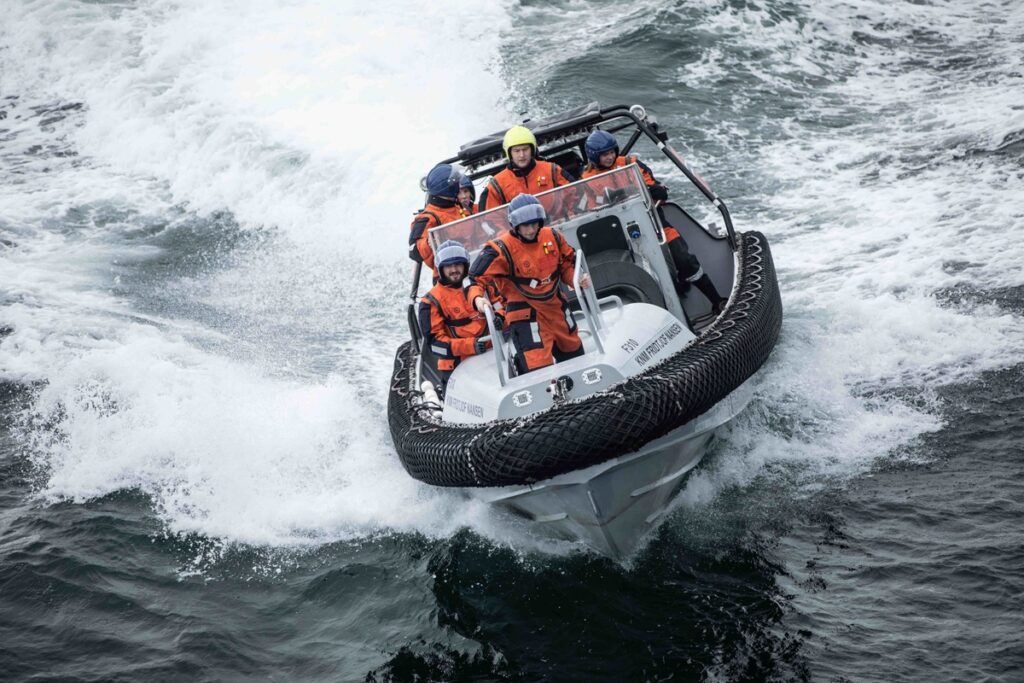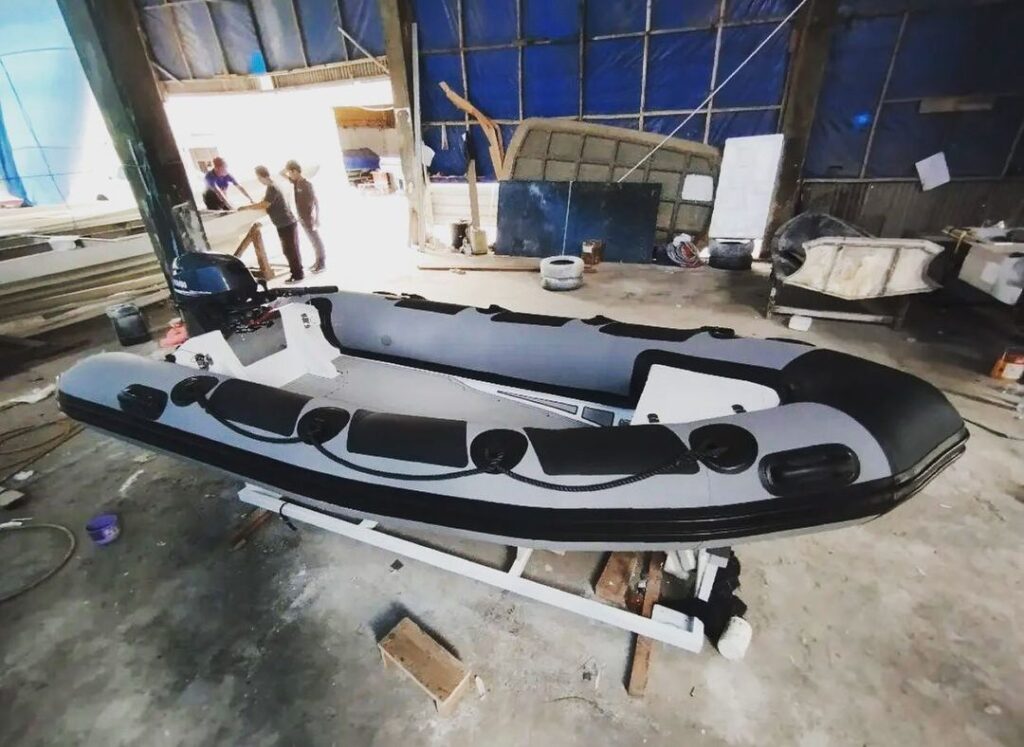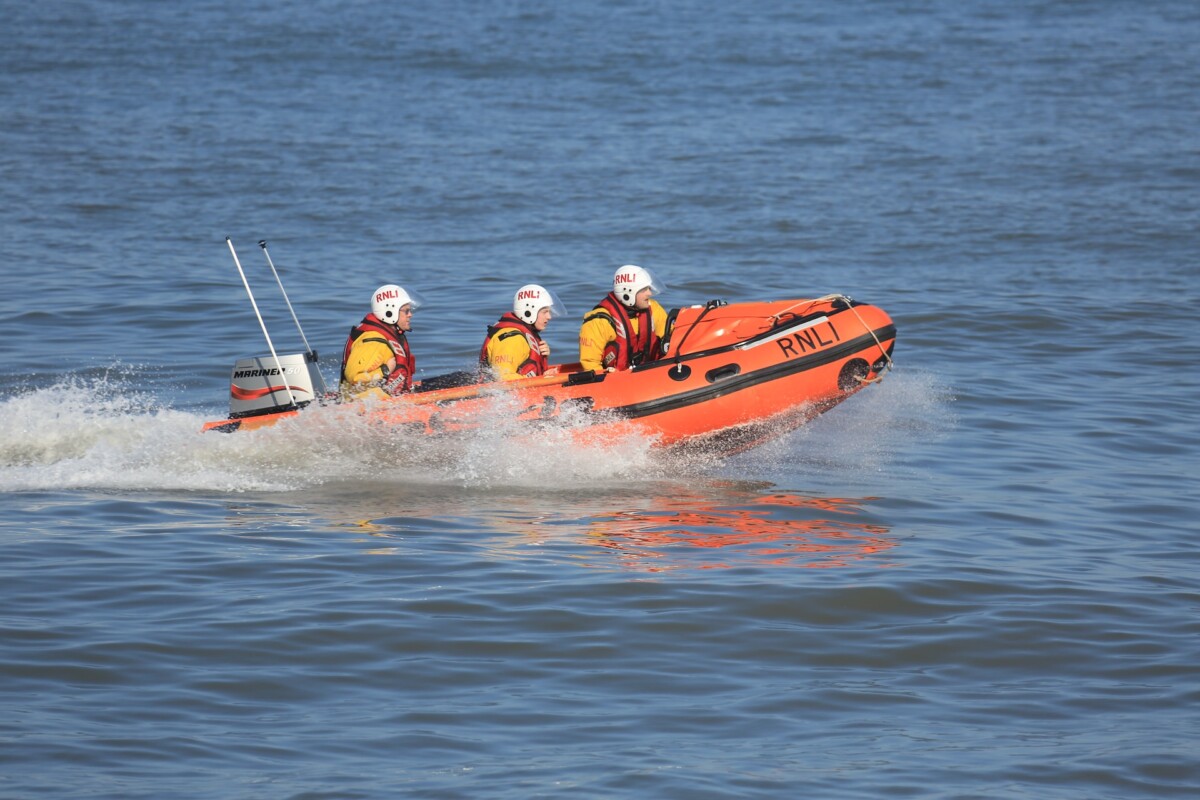When it comes to rescue missions on the water, having a reliable boat is essential. A rigid rescue boat, also known as a rigid inflatable boat (RIB), is a popular choice for rescue operations due to its durability and versatility. However, not all RIBs are created equal. To ensure maximum safety and efficiency on the water, it’s important to consider certain must-have features when choosing the boat. Here are some key features to look out for:
Deep V-hull design
The deep V-hull design is an important feature to consider when choosing a rigid rescue boat. This design provides better stability, maneuverability, and control in rough waters, making it easier to navigate through challenging conditions. The deep V shape of the hull helps to reduce the impact of waves, allowing the boat to cut through the water more smoothly. This design also provides better handling and responsiveness, making it easier to make sharp turns and avoid obstacles. A deep V-hull design is particularly important for rescue missions, where the boat needs to operate in adverse weather and sea conditions.
Self-bailing deck
A self-bailing deck is an essential feature that allows water to drain out of the boat quickly, preventing flooding and ensuring the boat remains stable in choppy waters. This feature is particularly important for rescue boats, as they often need to operate in rough weather and high seas. The self-bailing deck allows water to flow out of the boat, keeping it dry and stable. This feature is usually achieved through the use of scuppers or drains in the deck. A self-bailing deck also helps to keep the boat clean and free of debris.
Hypalon or PVC fabric

The material used to make the boat’s inflatable tubes is an important consideration when choosing a rigid rescue boat. Hypalon is a popular material that is resistant to UV rays, saltwater, and abrasions, making it ideal for rescue missions. Hypalon is known for its durability and resistance to harsh environmental conditions. It is also easy to repair if it becomes damaged. PVC is another material option for inflatable boats. While it may not be as durable as Hypalon, it is a good choice for those on a budget. PVC is resistant to UV rays and saltwater, making it suitable for use in marine environments. However, it is not as resistant to abrasions as Hypalon.
Also Read:
Luxury Komodo Liveaboard: An Experience of a Lifetime
Foam-filled hull
A foam-filled hull is an important feature that provides extra buoyancy and increases the boat’s stability, even in rough waters. This feature is particularly important for rescue missions where the boat needs to carry heavy loads. A foam-filled hull also provides added safety by making the boat unsinkable, even if it is damaged. Foam-filled hulls are made by filling the spaces between the hull and deck with foam. This creates a solid structure that is resistant to impact and reduces noise and vibration on board.
High-powered engine for a rigid rescue boat

A high-powered engine is essential for a rescue boat to respond quickly to emergencies and cover long distances. Look for a reliable and fuel-efficient engine that can handle various weather conditions and terrains. The engine should be able to provide enough power to propel the boat through rough waters and respond quickly to emergencies. A reliable engine is also important to ensure the safety of the crew and passengers on board. Consider the size and weight of the boat when choosing an engine to ensure that it is powerful enough to meet the boat’s needs.
Navigation and communication systems
A rescue boat must be equipped with advanced navigation and communication systems to ensure safety and efficiency on the water. GPS, VHF radio, and radar are some of the essential tools for any rescue boat. GPS allows the crew to navigate accurately and find their way in low visibility conditions. VHF radio is important for communication with other boats and rescue services in the event of an emergency. Radar helps to detect other vessels and obstacles in the water, making it easier to avoid collisions. These systems are important to ensure that the rescue boat can respond quickly and safely to emergencies.
Also Read:
9 Things to Do for Better Liveaboard Dive Trips in Bali!
Equipment storage
A rescue boat must have ample space to store rescue equipment such as life jackets, first aid kits, and rescue ropes.
Overall, when selecting a rescue boat, it’s essential to consider its features carefully. The boat’s design and capabilities will have a direct impact on its ability to perform its intended function effectively. Investing in a rescue boat with the right features can make all the difference in ensuring the safety of both rescuers and those they are attempting to save.
